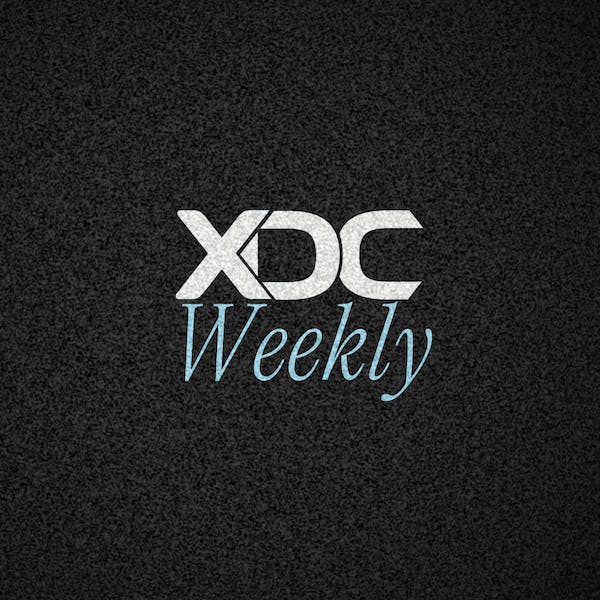TDB: Please share with us how XDC Network is rethinking global trade finance through its MLETR compliant protocol? What is the significance of MLETR compliance?
Atul Khekade, Co-Founder, XDC Network: When SWIFT was started around 1973, size of global GDP was around 5.5 Trillion Dollars. Size of global economy today is around 100 trillion dollars. So its 20x the size what SWIFT was designed for.
Moreover, SWIFT was built on technology and infrastructure rails available in that era with just messaging system across a handful of banks and Nostro based deferred settlement only.
One of the greatest things about SWIFT is that it is the base infrastructure for global payments even today and we think that will remain that way for a long time.
Today there is a Trade Finance gap is close to 5 Trillion dollars, on top of that there are millions of MSMEs and thousands of Fintechs who are operating in the unorganized trade finance space. Banks do not lend to that category and alternative investors do not have an organized trusted channel to access this market.
MLETR law is a historic step is enabling systems to support worlds GDP for next 50 years which could be even multiple times of what it is today.
XDC Trade Network has completed key integration of Singapore Government backed TradeTrust for verifying Trade documents at source. With this integration, now millions of trade documents like bill of lading, bill of exchange or receivables, insurance docs can now be verified at source giving credibility to this new asset class the millions of MSMEs deal with. This has never been done before. SWIFT only has support for Letter of Credit which is only originated and distributed bank to bank. While all these MLETR compliant docs are originated and distributed directly p2p between corporates and MSMES.
We are looking to work with Innovation team at SWIFT to compliment its massive base infrastructure and take it to millions of MSMEs and Fintechs with XDC Trade Network.
TDB: Please share with us any recent real-world use-cases demonstrating XDC Trade Network’s efficacy in the digitisation of trade processes.
Atul Khekade: XDC Trade Network is built on the tokenization standards on XDC Network which is a layer1 hybrid blockchain protocol specifically designed for global trade.
Tokenization standards created by XDC Trade Network enable
Verification of all types of trade documents at source (such as bills of lading, bills of exchange, warehouse receipts, receivables etc) nearly enables tens of trillions of trade assets to be verified
Transferability in completely electronic form – All the trade documents are now converted into bearer assets which can change ownership between the multiple counterparties involved
Fractionalised access – Multiple counterparties can access these trade assets in a fractionalised manner.
The real-world transaction that was carried out recently was originated by Singapore based TradeFlow capital which provided verification at source for the Bill of lading in a completely electronic format. Further, the ownership of the document was transferred in a completely electronic format to the alternative funder which funded the transaction as an over collateralized asset. Furthermore, the trade asset was funded fractionally by multiple parties .
This transaction has been revolutionary on multiple levels as never before a trade document was represented as an electronic tradeable document that was fractionally traded and settled instantly on XDC Network.

